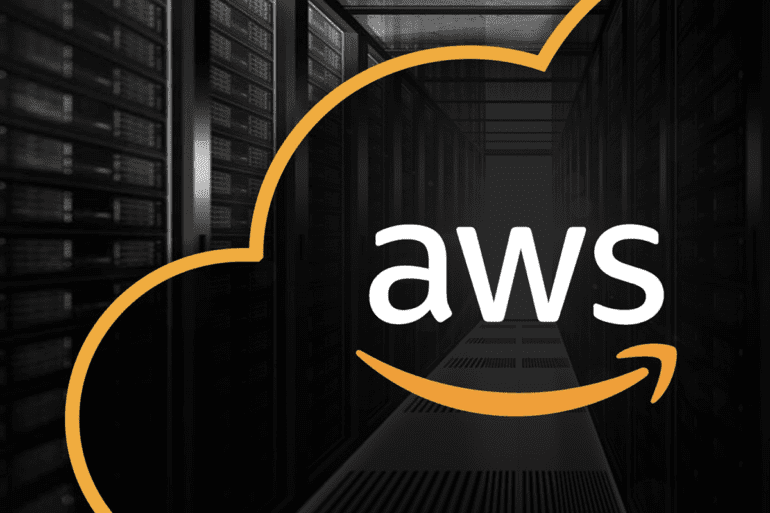TL;DR:
- AWS takes a unique approach to generative AI, differentiating itself from Google and Microsoft.
- AWS combines proprietary large language models (LLMs) with third-party models, offering customers a wide range of AI tools.
- Microsoft focuses on OpenAI’s GPT-n models, while Google Cloud provides AI models on a larger scale.
- AWS emphasizes the value of accessing specialized models without extensive fine-tuning, enabling smaller firms to embrace generative AI.
- Amazon’s Titan LLMs, pre-trained to filter out profanity and hate speech, exemplify the benefit of specialized models.
- AWS Bedrock provides an ecosystem of AI and machine learning via APIs, allowing tailored outputs through model selection.
- Customers can leverage pre-trained models or train their own using AWS’ cloud architecture and Sagemaker.
- AWS aims to democratize AI by partnering with Hugging Face to provide trusted open models.
- No single model can meet every use case, and AWS encourages customers to choose the right tool for their needs.
- Benchmarking AI models for specific use cases is a challenge that will evolve with exposure and experience.
- AWS’ API-led approach and CodeWhisperer tool offer flexibility and exploration for smaller firms.
Main AI News:
In the world of hyperscale AI providers, Amazon Web Services (AWS) is carving out its own unique path. While Microsoft Azure and Google Cloud focus on centralized models, AWS stands out with its approach of combining proprietary large language models (LLMs) with third-party models, creating an AI ecosystem that offers customers the widest range of AI tools.
Microsoft has centered its AI strategy around OpenAI’s GPT-n foundational models, prominently featuring GPT-4 in its Copilot branded productivity tools. Meanwhile, Google Cloud aims to provide a variety of AI models to its customers, while also competing with broader initiatives like PaLM 2 to enhance its search chatbot Bard.
Unlike its competitors, AWS recognizes the value of accessing specialized models that excel in specific areas without requiring extensive fine-tuning. This approach allows smaller firms to embrace generative AI without compromising on specialization or settling for one-size-fits-all models.
For example, Amazon’s Titan LLMs are pre-trained to filter out profanity and hate speech, showcasing how specialized models can serve specific purposes right out of the box. During its AWS Summit London conference, Amazon demonstrated the use of various AI models, such as Anthropic’s Claude AI assistant for product descriptions, StableDiffusion for generating product images, AI21’s Jurassic-1 LLM for social media copy, and AWS’ own Titan foundation model for SEO-optimized terms. These models are accessible through AWS Bedrock, which offers an ecosystem of AI and machine learning via APIs, enabling firms to tailor their outputs by choosing the appropriate model for each data input.
Swami Sivasubramanian, VP of database, analytics, and ML at AWS, highlights the flexibility of AWS’ approach. In combination with Amazon’s Sagemaker, customers can leverage pre-trained models or train their own machine learning tools using AWS’ cloud architecture. AWS has actively pursued the democratization of AI by partnering with Hugging Face, a data and machine learning platform, to provide trusted open models to the community.
Sivasubramanian emphasizes that no single model can meet every customer’s use case, which sets AWS apart from competitors like Microsoft. Different models excel in handling languages other than English or exhibit varying tones of voice. By designing Bedrock to provide access to best-in-class models and enabling customization of foundation models with customer data, AWS ensures that customers can select the right tool for their specific needs based on factors such as price, performance, and use case.
However, benchmarking AI models for specific use cases remains a challenge. Sivasubramanian expects that over time, exposure to different models and their capabilities will reveal which models excel in various languages, modalities, and use cases. This knowledge will help businesses make informed decisions about selecting the most suitable models.
Smaller firms, which may lack extensive metadata to customize models, can benefit from AWS’ API-led approach. It allows them to explore and experiment with different models on a trial-and-error basis, enabling better alignment with their specific requirements.
Dr. Pandurang Kamat, CTO at digital transformation firm Persistent, shares insights into his organization’s adoption of Amazon CodeWhisperer, an AI code-generation tool similar to Microsoft’s GitHub Copilot. As an AWS partner since 2012, Persistent plans to evaluate CodeWhisperer’s effectiveness on its projects before recommending it to customers, aligning with AWS’ philosophy of encouraging customers to test models before committing fully.
CodeWhisperer has shown promising results, with Amazon claiming it drives an average of 57% faster code adoption. Additionally, the individual tier of the solution is now available for free, further supporting the adoption and exploration of the tool’s benefits.
Conclusion:
AWS’ distinctive approach to generative AI sets it apart in the market. By combining proprietary and third-party models, AWS offers a wide range of AI tools to customers. This approach, focused on specialized models and customization, allows smaller firms to embrace generative AI without compromising on specialization. The emphasis on tailored outputs and the flexibility of AWS’ ecosystem align with the demands of businesses seeking AI solutions. AWS’ commitment to democratizing AI and encouraging trial-and-error exploration reinforces its position as a leader in the market.

